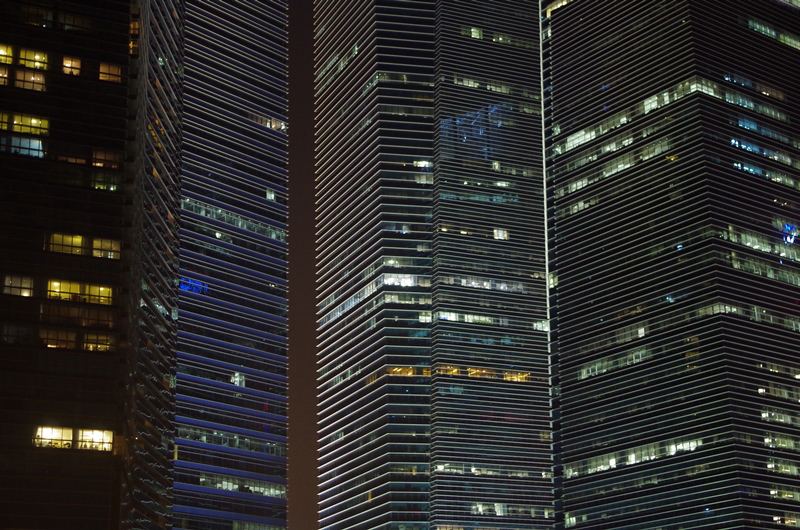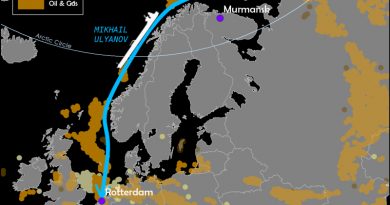Blog: New article on rethinking Arctic resource frontier in polar geography

I’ve published a new peer-reviewed article in the journal Polar Geography called “Discursive, material, vertical, and extensive dimensions of post-Cold War Arctic resource extraction.” The first 50 downloads are free here.
In the paper, I suggest a new framework for rethinking the post-Cold War Arctic resource frontier that considers both its discursive and material realities. I argue that the Arctic resource frontier represents “a globally networked space of extraction that exemplifies three characteristics of resource frontiers worldwide: existing histories of environmental degradation that legitimize further extraction, vertical intensification fueled by technological and spatio-legal innovations, and a growing array of lateral, fixed connections like pipelines and roads with cities that are increasingly concentrating capital and commodities.”
Here is an excerpt elaborating on that last point about the proliferation of material links between the Arctic and urban centers of consumption and capital:
“Cities are more than just consuming resources like aluminum smelted in Iceland or oil dredged up from offshore Russia. Increasingly, city-centered capital is directing this extraction, which represents a change from Arctic development during World War II and the Cold War, when Arctic states were at the helm. To cite a few examples, Singapore, a global city par excellence (Olds & Yeung, 2004), has built ice-class tankers for Russian oil company Lukoil and an accommodation and construction support vessel for Eni’s Goliat field. Barclays, headquartered in London – the world’s financial capital – arranged a $400 million loan for the construction of Iceland’s Kárahnjúkar hydropower plant. And the Toronto Stock Exchange, which provides ‘the best access to capital in the world for junior explorers’, lists companies like True North Gems, which plans to mine ruby and sapphire in Greenland. To fully understand the post-Cold War Arctic resource frontier, we must trace back the commodity and financial circuits to the metropolises dictating the spatial restructuring of the Arctic. We must also examine how they interact with Arctic actors across scales, from indigenous and aboriginal corporations to multilateral organizations.
Happy reading!
This post first appeared on Cryopolitics, an Arctic News and Analysis blog.

Related stories from around the North:
Canada: A glimpse of the Arctic’s past and future in Newfoundland, Canada, Blog by Mia Bennett
China: Chinese mega-deals in Yamal LNG, The Independent Barents Observer
Norway: Big Barents Oil making headway, The Independent Barents Observer
Russia: Big interest in new Arctic LNG: Novatek, The Independent Barents Observer
Sweden: Sweden to have 100 percent renewable energy by 2040, Radio Sweden
United States: Oil producers balk following new study calling Alaska’s LNG project uneconomic, Alaska News Dispatch



